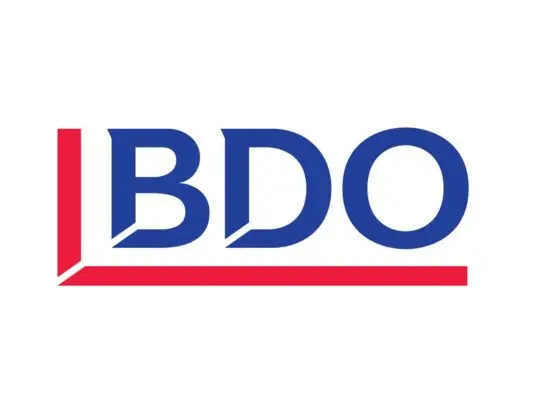While being the best in one’s industry is a lofty business goal, in today’s climate it is crucial to set realistic, attainable goals rather than being caught up in the idealistic.
As businesses continue to grapple with the fallout of Covid-19 and government mandates, businesses are left with less operating flexibility and certainty. It is therefore paramount that business owners know their business: where is it now; where is it heading; and what you as an owner can do to get it there.
As we continue to see the consequences of the traffic light system, and the rolling lock downs, I have seen first hand from my recent time in London that traditional business planning is not sufficient, and those who merely roll forward their plans from the previous year will quickly be left behind.
Taking Stock
Taking stock of where your business is truly at (and no, we don’t mean counting everything on your shelves!) is a vital step of the goal setting process. Before you can plan for what comes next, you need to know where you are starting from NOW; not where you’ll be after the summer season, or how you were tracking prior to Christmas. Goal setting is future focused, and given the current climate, comes with a lot of uncertainty.
The process needs to incorporate a fine balance of ambition and challenge, but also be realistic and attainable. This can only be achieved by having factual, accurate and timely information. Check out our take on the Traffic Light system below to see where your business may fit.
RED – “With the lockdowns and operating restrictions my business has been severely impacted and any cash reservesI held have been depleted.”
If your business fits into the above, you may be looking to set goals around business wind up, reviewing your operating model or succession opportunities/options. For any business in this situation, it is crucial that you have accurate and timely information, and that you start having conversations with key relationships now. Bringing in your banker, business advisor and investors provides a fresh take on what is often a very tense situation and can ensure that all bases are covered, all options are explored and that you have a team around you to support you through this transition phase.
ORANGE – “Covid has been tough on my industry; profit margins and cashflow has been squeezed, but with clever, timely planning we’ve done ok and survived the worst of it.”
Those in the Orange section may need to take a more conservative approach to their goal setting. Funds may be lean for investment opportunities therefore ensuring that key revenue streams are strong and protected are essential for future growth. For example, you may be faced with the likelihood that a large percentage of your business is now conducted online as opposed to over the counter. Ensuring that your website and infrastructure can handle the increase in volume, is an investment decision that is worth evaluating.
GREEN – “Covid, what Covid?” Some businesses have been fortunate to thrive during these tumultuous times, by either finding themselves in the right business at the right time; or by pivoting their resources to capitalise on opportunities (check out our earlier article on the Business Pivot!).
Businesses who have been fortunate to experience this level of growth often find themselves playing catch up rather than setting strategic goals for the future. Take the time to think about what’s next for your business, and what steps you need to take to get there.
Keep in Mind
Regardless of where your business may fit above, when setting business goals, it is important that you are able to answer the following: What is your point of difference to your competitors? What future barriers will your business face?
And what infrastructure can you invest in to minimise the impact of these? Once you have an accurate picture of where your business is currently, you can set strategic, realistic, achievable goals. Keep in mind that COVID-19 is unlikely to be going anywhere anytime soon, so flexible goals that are regularly reviewed are key. Witnessing first-hand the constant lockdown waves in the UK, it was evident the businesses that understood the key metrics of their business and those that were constantly reviewing their plans. These businesses were able to control the direction of their business and capitalise on opportunities as they arose.
The one silver lining with Omicron is that the health impacts are potentially less severe than other COVID-19 strains, and we can draw on the experiences of other countries that have already gone through their peaks to see how we can minimise the impact on our business here. One thing that is already evident, is that those businesses that have proactively responded have fared the most favourably.



